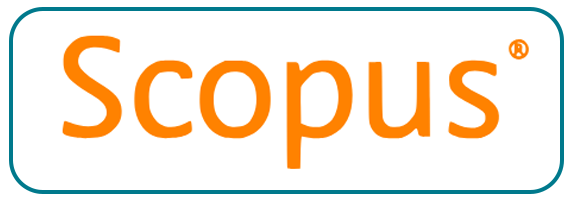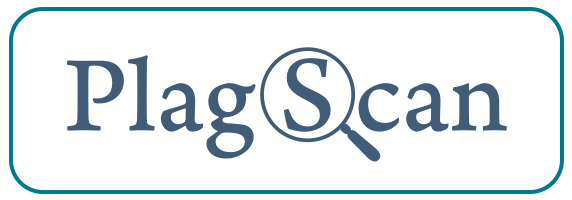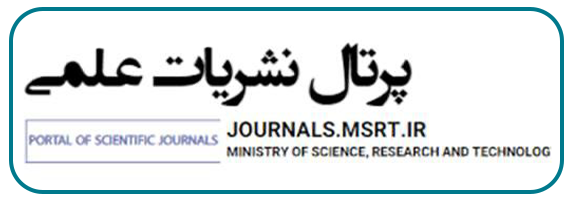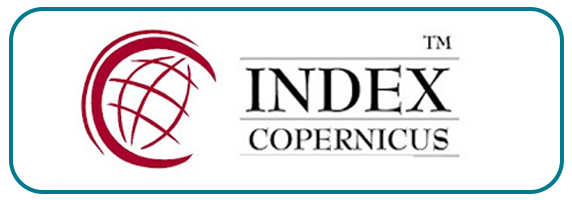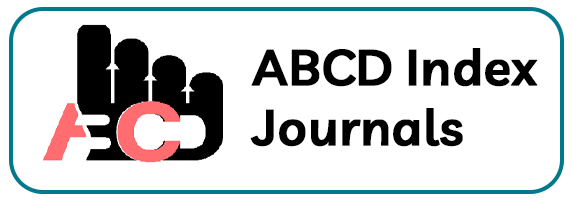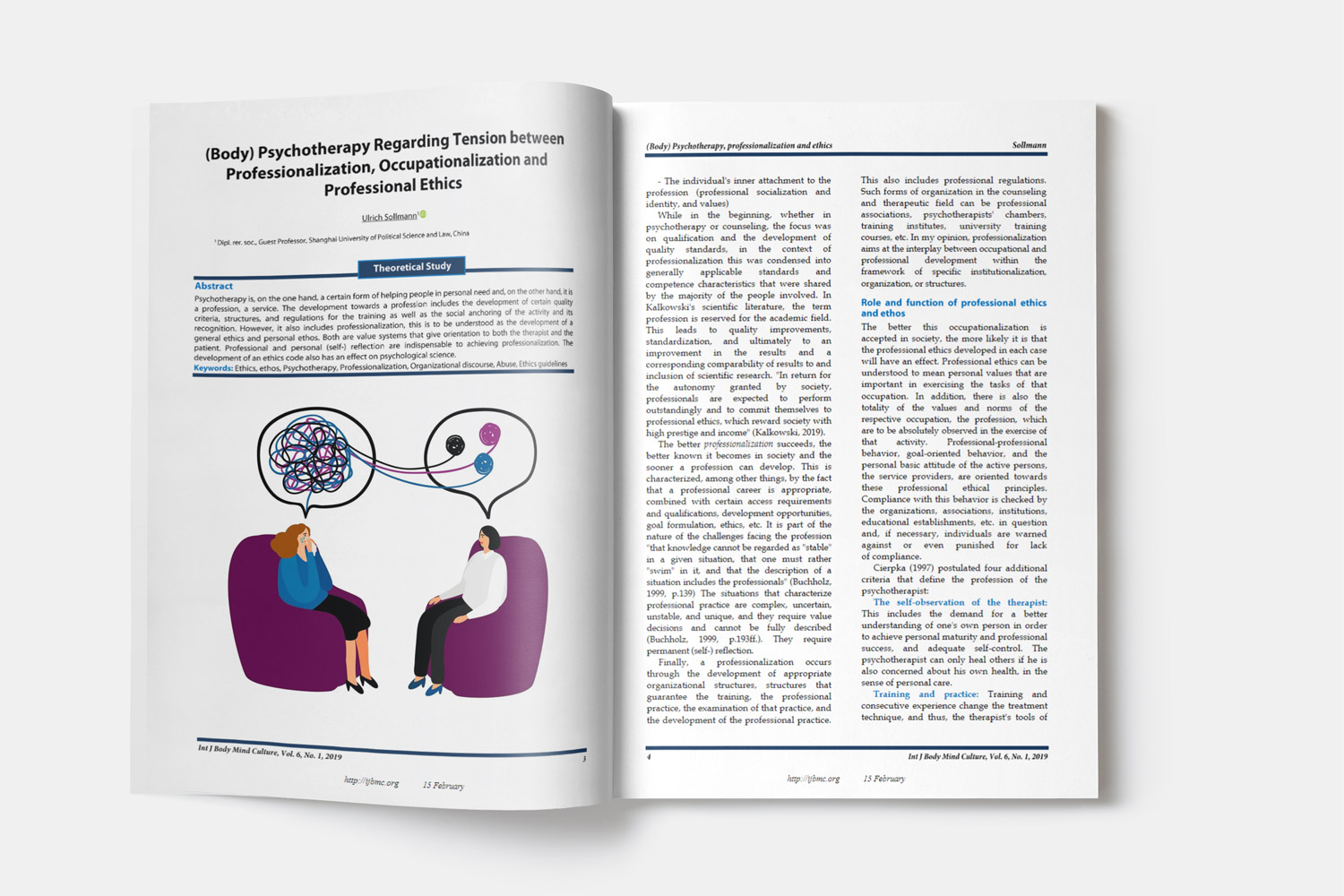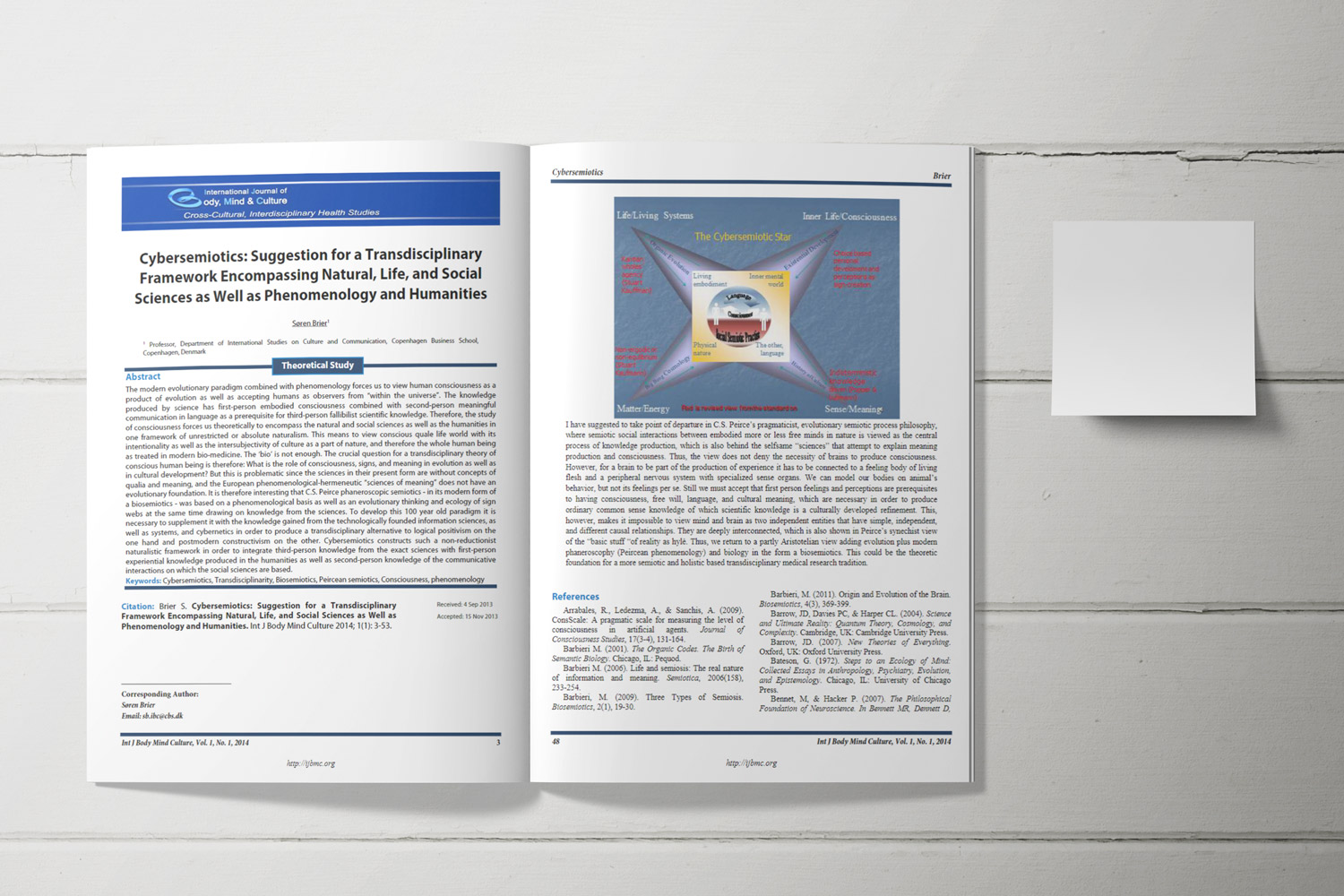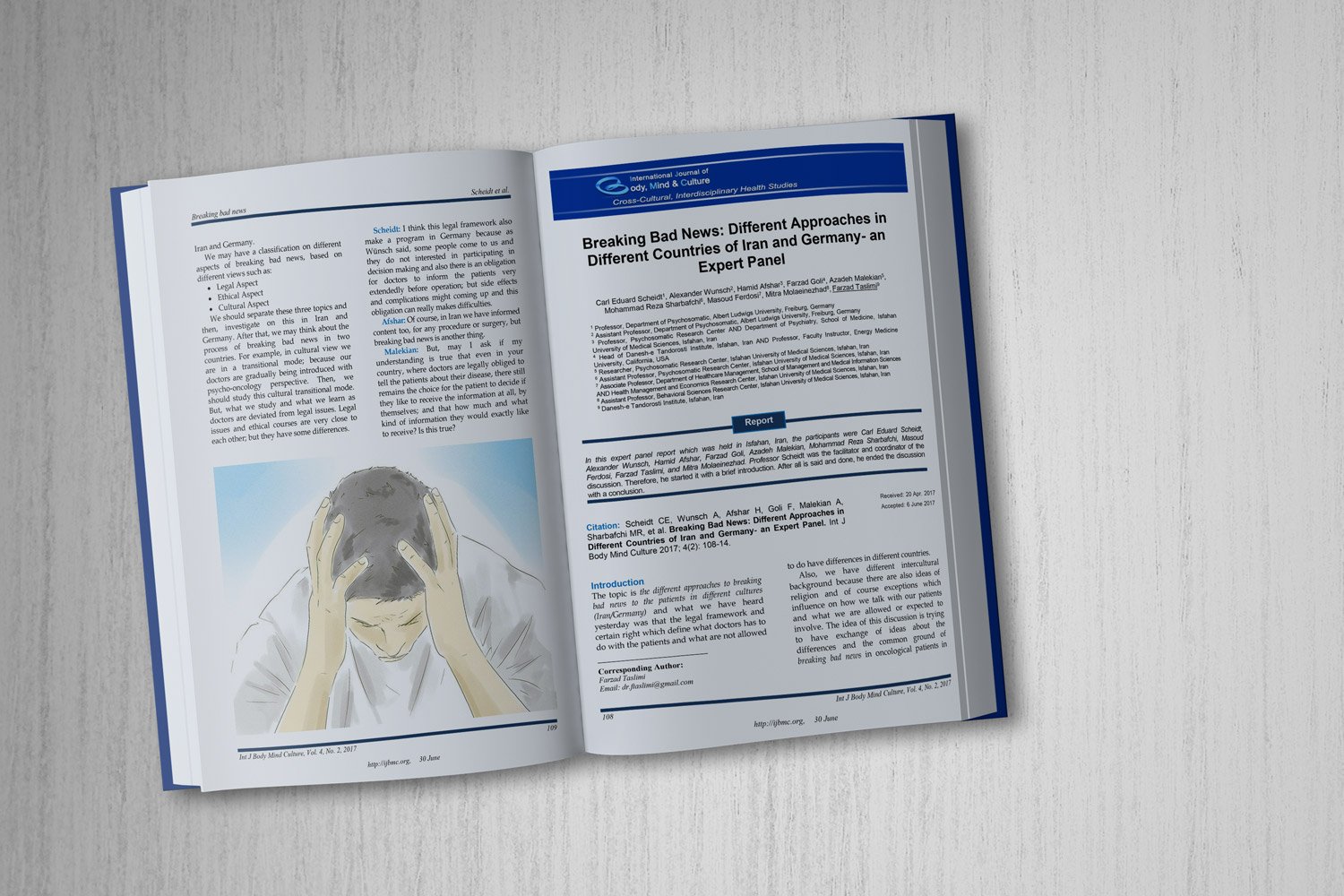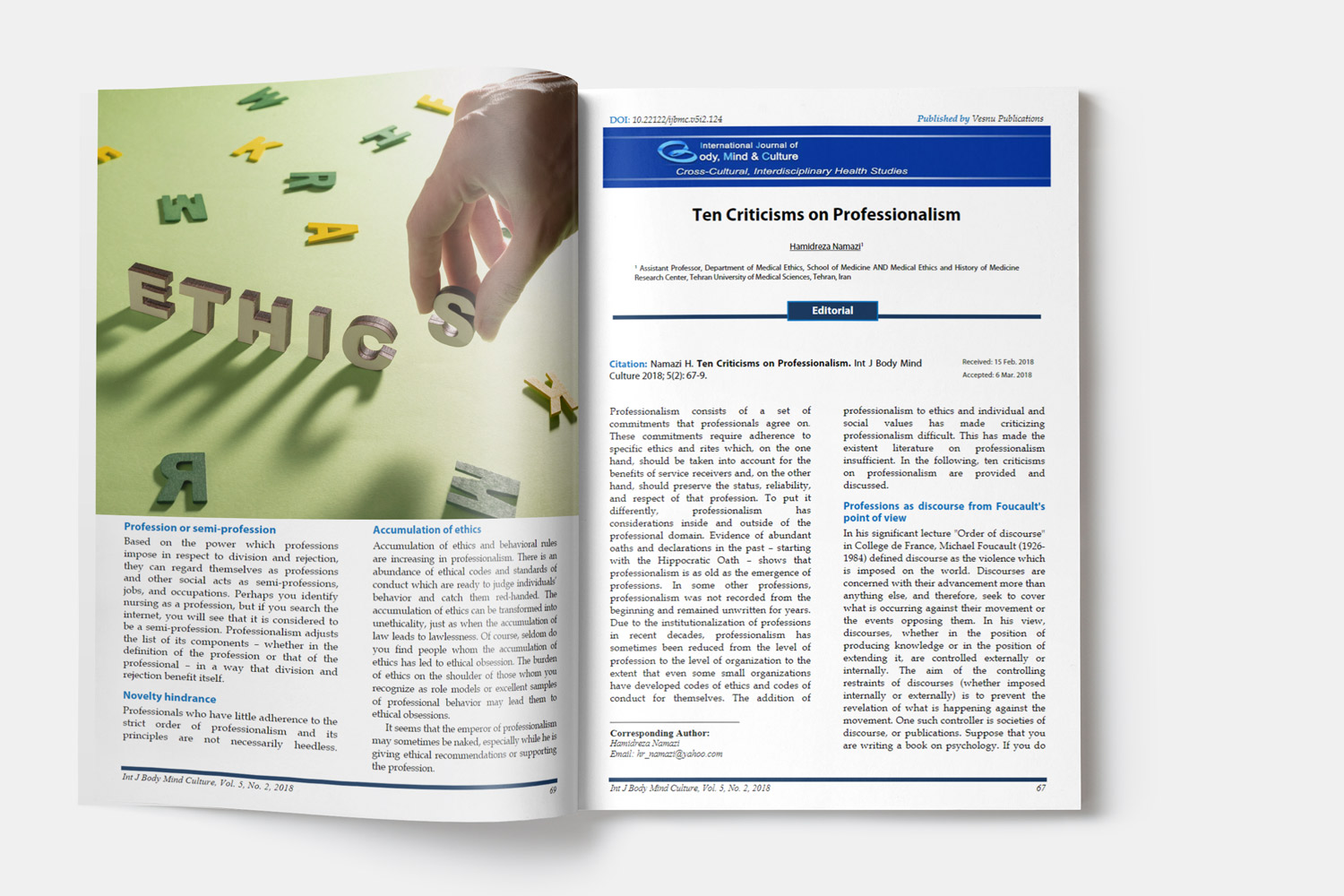The Necessity of Formation of Health Information Technology: Goals and Strategies for the Future of the Healthcare with the Approach of Maturity Assessment and Risk Analysis
Downloads
In this paper, the goal of the effort is to determine the future of healthcare and to explain the importance of establishing strategic roadmap in this area. Identification of strategies for future of healthcare includes adaptive and dynamic learning through the industry, governments, and universities. The most important part in generating strategies is to determine the goals with high levels expectations and exclusive path. Healthcare technology goals which are presented in this paper could be inspiring to make a better future. Future developments of medical and health care depend on investing in research, development, and education today. So that health managers achieve goals of the health care system by making appropriate decisions and allocate resources. With appropriate goals and strategies, risk, maturity and reliability level of HIT system could be calculated by using COBIT and best scorecard (BSC) method.
Downloads
(2011). Federal Health Information Technology Strategic Plan 2011-2015. Office of the National Coordinator for Health Information Technology (ONC).
Williams, C., Mostashari, F., Mertz, K., Hogin, E., & Atwal, P. (2012). From the Office of the National Coordinator: the strategy for advancing the exchange of health information. Health affairs, 31(3), 527-536.
Koh, H. K., Berwick, D. M., Clancy, C. M., Baur, C., Brach, C., Harris, L. M., & Zerhusen, E. G. (2012). New federal policy initiatives to boost health literacy can help the nation move beyond the cycle of costly 'crisis care'. Health Affairs, 10-1377.
Adler-Milstein, J., Bates, D. W., & Jha, A. K. (2011). A survey of health information exchange organizations in the United States: implications for meaningful use. Annals of internal medicine, 154(10), 666-671.
National Research Council. (2009). Computational technology for effective health care: immediate steps and strategic directions. National Academies Press.
(2016). Federal Health Information Technology Strategic Plan 2016-2020. Office of the National Coordinator for Health Information Technology (ONC).
Heeks, R. (2008). ICT4D 2.0: The next phase of applying ICT for international development. Computer, 41(6).
Unwin, P. T. H. (Ed.). (2009). ICT4D: Information and communication technology for development. Cambridge University Press.
Weigel, G., & Waldburger, D. (2004). ICT4D-Connecting People for a Better World. Lessons, Innovations and Perspectives of Information and Communication Technologies in Development.
Kleine, D., & Unwin, T. (2009). Technological Revolution, Evolution and New Dependencies: what's new about ICT4D. Third World Quarterly, 30(5), 1045-1067.
Ali, M., & Bailur, S. (2007, May). The challenge of “sustainability” in ICT4D—Is bricolage the answer. In Proceedings of the 9th international conference on social implications of computers in developing countries.
Bushko, R. G. (2009). Strategy for the Future of Health: Goal Formation and ITicine. Studies in health technology and informatics, 149, 3.
http://envisioningtech.com/health/
Van Grembergen, W. (Ed.). (2004). Strategies for information technology governance. Igi Global.
Kaplan, R., & Norton, D. (1996). The balanced scorecard: translating vision into action. Harvard Business School Press, Boston, 199, 10-11.
Gold, C. (1992). Total quality management in information services-IS measures: a balancing act. Research Note Ernst & Young Center for Information Technology and Strategy.
Willcocks, L. (2013). Information management: the evaluation of information systems investments. Springer.
Willcocks, L. (1994). The Evaluation of Information Systems Investments: Introduction of Capital Importance, Eds. by Willcocks, L.
Van Grembergen, W., & Timmerman, D. (1997). Monitoring the IT process through the balanced score card (No. 1997011).
Copyright (c) 2017 International Journal of Body, Mind and Culture

This work is licensed under a Creative Commons Attribution-NonCommercial 4.0 International License.

